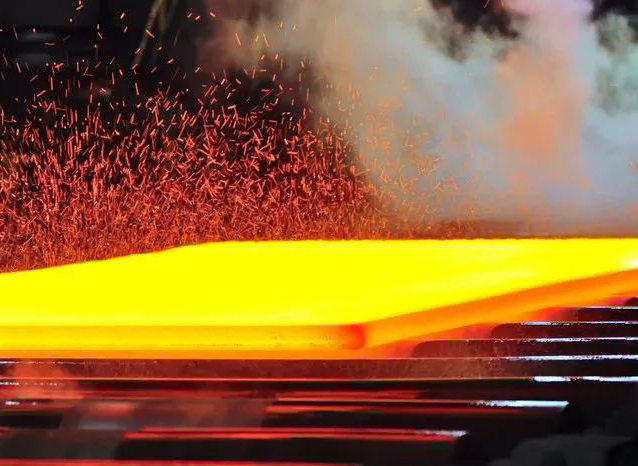Heat treatment oil basics
Dec. 28, 2023
1. What is heat treatment and heat treatment oil?
Answer: The heat treatment of steel is to heat the steel to a certain temperature, maintain it for a period of time, and then cool it under selected process conditions to change the metallographic structure of the steel to obtain the required process and mechanical properties.
The medium used to cool steel during the heat treatment process is called heat treatment oil.
2. What is the principle of quenching oil cooling?
Answer: The cooling process of steel in quenching oil transfers heat in three different ways. The first stage is the vapor film stage, with a low cooling rate; the second stage is the boiling stage, with the fastest cooling rate; and the third stage is In the convective heat transfer stage, the cooling rate is slow at this stage.
3. What is the significance of the time for the quenching oil to cool from 800℃ to 400℃?
Answer: The length of time for the quenching oil to cool from 800℃ to 400℃ directly reflects the cooling ability of the quenching oil in the austenite unstable zone. The characteristic temperature of the quenching oil is high and the time for cooling from 800℃ to 400℃ is short, which can avoid the parts from being damaged. The pearlite structure transforms to obtain the required martensite structure and lower bainite structure. Make the parts have high hardness, high fatigue strength and high wear resistance.
4. What characteristics should heat treatment oil have?
Answer: Since heat treatment oil operates at high temperatures for a long time, it should have the following main properties: good cooling, high flash point and ignition point, good thermal oxidation stability, as low as possible viscosity and moisture content, and a certain brightness sex.
5. What are quenching oil and tempering oil?
Answer: The cooling medium used in the quenching process is called quenching oil. Quenching oil is the main representative of the heat treatment process. The heat treatment oil used in the tempering process is called tempering oil.
6. What is bright quenching oil?
Answer: Metal parts heated to a certain temperature can still maintain a bright surface after being cooled by quenching oil. The quenching oil is called bright quenching oil. Usually bright quenching oil is added with bright additives and quenched in a protective atmosphere.
7. What is rapid quenching oil?
Answer: Rapid quenching oil refers to quenching oil with a relatively fast cooling speed. The characteristic temperature of quenching oil is 580-640℃, and the characteristic time is less than 4 seconds. The cooling time from 800℃ to 400℃ is 4-5 seconds, which is collectively called rapid quenching oil. Rapid quenching oil is suitable for quenching parts such as quenching, tempering, carburizing and large forgings, large gears and quenching presses that require high cooling speeds in salt bath furnaces, box furnaces, Chinese furnaces and continuous quenching furnaces.
8. What is vacuum quenching oil?
Answer: The quenching oil used as a cooling medium in the vacuum quenching process is called vacuum quenching oil. Vacuum quenching oil must have low saturated vapor pressure and small evaporation loss, as well as good thermal stability and cooling capacity. It is suitable for vacuum quenching of bearing steel, tool and die steel, large and medium-sized aviation structural steel and other materials.
9. What are the functions and characteristics of tempering oil?
Answer: Tempering is a process that must be carried out after quenching steel. Its purpose and function is to reduce and eliminate the internal stress caused by quenching the steel and reduce the brittleness. Tempering oil has good thermal oxidation stability, high flash point, and good heat transfer performance. It is divided into two grades: No. 1 and No. 2. The use temperature of No. 1 is about 150°C, and the use temperature of No. 2 is about 200°C.
10. What is multi-stage (universal) quenching oil? What are the characteristics?
Answer: Multi-stage (universal) quenching oil refers to the cooling medium used in universal (multi-purpose) quenching furnaces. It can quench a variety of steel materials. It is suitable for materials with poor hardenability and good hardenability. Quenching of easily deformable materials. Multi-stage (universal) quenching oil has a very fast cooling rate when used at low temperatures (40-80°C), which is equivalent to rapid quenching oil. It has good thermal oxidation stability and certain cooling capacity when used at high temperatures (120-200°C). , with the characteristics of small deformation of parts after quenching.










